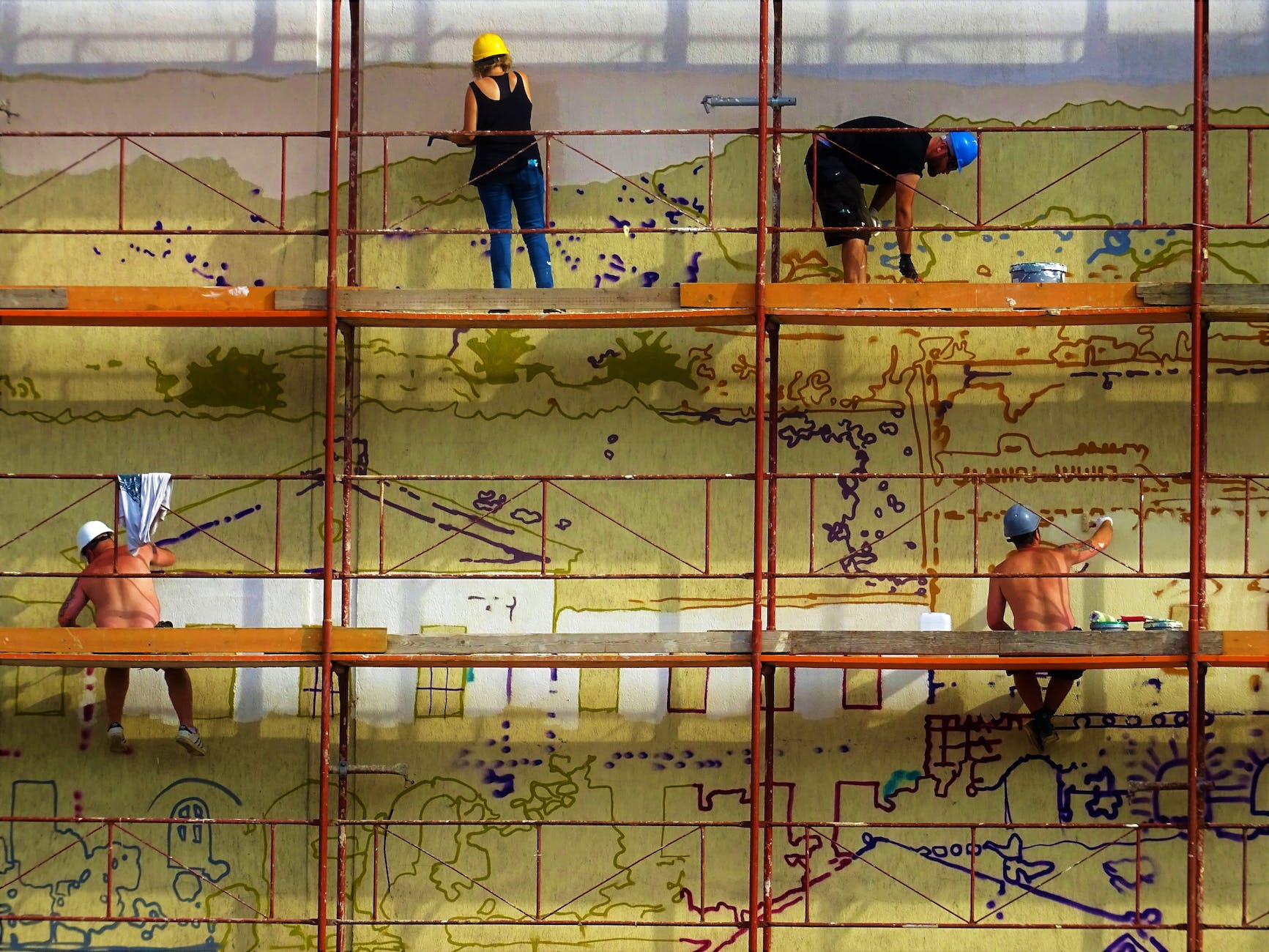
Scaffolding Hazards and Risks: Protecting Workers and Preventing Accidents
Introduction
Scaffolding Hazards and Risks : When it comes to construction and maintenance projects, scaffolding plays a vital role in providing a safe and elevated platform for workers to perform their tasks. However, despite its importance, scaffolding can pose significant hazards and risks if not used and maintained properly. In this article, we will delve into the various potential dangers associated with scaffolding and discuss strategies to mitigate these risks effectively.
Understanding the Importance of Scaffolding Safety
The Significance of Proper Scaffolding
Scaffolding serves as a temporary structure that supports workers and materials during construction or repair projects. It provides a stable platform that allows workers to access hard-to-reach areas safely. However, overlooking safety measures can lead to severe accidents and injuries.
Common Scaffolding Hazards
Instability and Structural Integrity
One of the primary hazards associated with scaffolding is its instability. Insufficient or improper assembly, weak foundations, or using damaged components can compromise the structural integrity of the scaffold, leading to collapses and falls.
Falls and Falling Objects
Working at elevated heights naturally increases the risk of falls. Without proper fall protection measures, workers can suffer life-threatening injuries. Additionally, tools and materials falling from scaffolds can pose dangers to those below.
Electrical Hazards
Construction sites often involve the use of electrical equipment and power tools. If scaffolding is not set up at a safe distance from power lines or if workers come into contact with live wires, the risk of electrocution becomes a concern.
Strategies for Mitigating Scaffolding Risks
Adequate Training and Supervision
Proper training is paramount for anyone working on or around scaffolding. Workers should be well-versed in assembly, usage, and dismantling procedures. Additionally, having qualified supervisors overseeing the work can help ensure compliance with safety protocols.
Regular Inspection and Maintenance
Frequent inspections of scaffolding components are essential to identify any signs of wear, damage, or deterioration. Any compromised parts should be replaced immediately to prevent accidents. Maintenance schedules should be strictly adhered to.
Fall Protection Systems
Implementing effective fall protection systems is crucial to prevent falls from scaffolds. Guardrails, personal fall arrest systems, and safety nets can significantly reduce the risk of accidents related to falls.
Conclusion
In the construction and maintenance industry, prioritizing scaffolding safety is not an option but a necessity. By recognizing and addressing the potential hazards associated with scaffolding, employers can protect the well-being of their workers and prevent accidents that could lead to injuries or even fatalities.
FAQs About Scaffolding Hazards
1. How often should scaffolding be inspected?
Regular inspections should be conducted before each work shift and after any adverse weather conditions to ensure the safety of the scaffold.
2. Are there specific guidelines for assembling scaffolding?
Yes, guidelines are provided by organizations like OSHA (Occupational Safety and Health Administration) to ensure proper scaffold assembly and usage.
3. Can workers use scaffolding during bad weather?
Scaffolding should not be used during adverse weather conditions such as strong winds, heavy rain, or thunderstorms to avoid accidents.
4. What should workers do if they notice damaged scaffold components?
If any damage is detected, workers should immediately report it to their supervisor and refrain from using the scaffold until the issue is resolved.
5. Is training mandatory for all workers using scaffolding?
Yes, proper training is essential for anyone involved in scaffold-related work to ensure their safety and the safety of others on the job site.
























